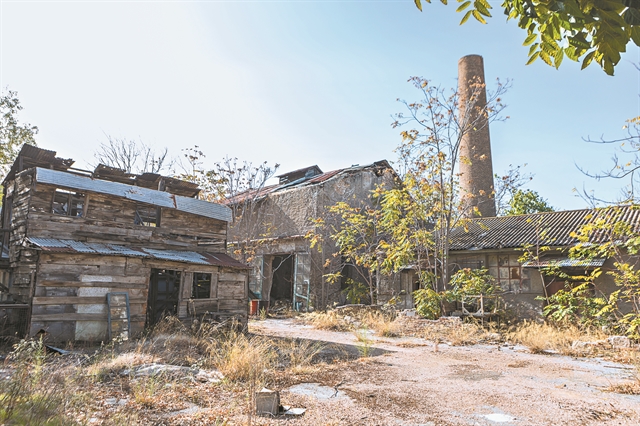
One of the most emblematic areas of Piraeus, which includes the buildings of the former CHROPEI pharma industrial complex, is expected to get a “second life”. The Directorate of Environmental Licensing of the Ministry of Environment and Energy (YPEN) yesterday gave the green light for its urban development, approving the Special Urban Planning Scheme for the creation of a “Research and Technology Model Park Innovation Center”, in the area of the industrial complex, following an assessment of the Strategic Environmental Impact Study (SES). .
The exclusive use and exploitation of the 1.79-hectare property of the defunct CHROPEI pharma firm has been granted to the Greek State under the Management of the Ministry of Development and Investments for 49 years, for the creation of the Innovation Center.
In the context of its utilization, the original shells of the buildings will be highlighted, and, where necessary, new venues will be added, by extension and/or at the height of the preserved buildings, while new buildings will also be erected within the property. The final utilization study of the building complex will be approved by the Central Council of Architecture (K.S.A.).
The Special Urban Planning Scheme for the area will ensure the hosting of a significant number of start-ups, innovative companies, research institutions and innovation bodies, while it will facilitate communication and interconnection between companies, entrepreneurs, research bodies, universities and scientists. It will also strengthen the development of research and innovation activities in the field of medicine, etc.
Read also: Renovations offer a breath of life to Piraeus and Votanikos
According to the Special Urban Planning Scheme, land uses in the entire intervention areaare determined such as:
a) Main Use (ie Offices / Research Centers / Business Incubators). The main use will constitute at least 50% of the total building and the installation of research laboratories, a library, training areas – seminars, administration areas of the center and an exhibition area / presentation area will be allowed.
b) Associated uses, i.e. public gathering areas, convention centers, commercial stores, personal service stores (gyms, etc.), catering, refreshment rooms, visitor-researcher accommodation, low-noise warehouses, professional laboratories exclusively for advanced technology and innovative production products. In addition, the construction of two underground stations will be allowed for the location of auxiliary spaces, electromechanical installations and vehicle parking.
For the entire intervention area, the following building conditions and restrictions are defined:
– Maximum allowed building factor: 2.6
– Maximum coverage percentage allowed: 60%
– Maximum permitted height of buildings: 21 meters
The Special Urban Planning Scheme also proposes the preservation and highlighting the two existing landmarks (Water Tower and Smokestack) by creating a single open green space. The old equipment of the factory (eg porcelain stills, piping, processing line, etc.) that has been saved, will be preserved and utilized as a museum within the Center, highlighting the historicity of the area.
All facilities that will be built in implementation of the Special Urban Planning Scheme within the property will be connected to the existing water supply and sewerage networks. Where it is required by the applicable legislative provisions to apply specific measures and conditions for the management of liquid waste, e.g. of the professional workshops, the relevant care will be taken under the responsibility of the owner of the project or activity.
The Strategic Environmental Impact Study (SEIS) is accompanied by an architectural proposal, which is not binding. For the final layout of the new buildings, a new architectural study will be implemented, which will be approved by the Central Council of Architecture. 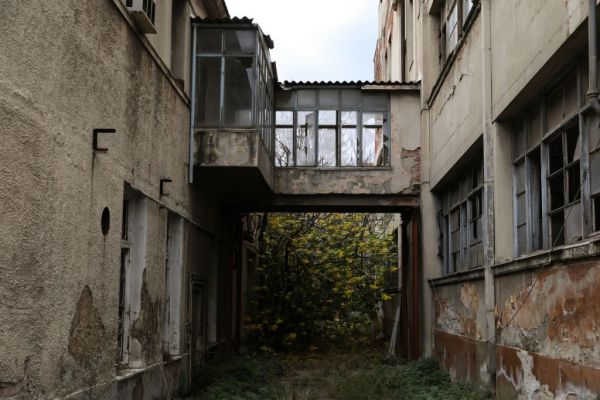
Sensitive data
The intervention area of the Special Urban Planning Scheme (CHROPEI property) is not located within a declared – demarcated archaeological site, nor is there visibility or proximity to a monument under its jurisdiction, which would cause direct or indirect damage. However, the area in which it will be developed is of great archaeological interest, as it falls within the passage zone of the Long Walls (the walls connecting ancient Athens with Piraeus during the “Golden Age”), while important antiquities have been discovered in the wider area in the past (parts of the southern and northern legs of the Long Walls, architectural remains of houses and canals, tombs and ancient roads).
The CHROPEI industrial complex had been classified as preservable (listed building) in 1997 (no. 7863/1383/ 30.1.1997 – Official Gazette 267/D/7.4.1997) in the context of group declaration of buildings and main facades of buildings, along the axis of Piraeus Street. With regard to the intended uses of the specific preserved buildings, the following uses are allowed: public gathering places – cultural functions – recreation in general – administration – offices – social welfare.
In addition, with a special regulation in law 4647/2019, it was determined that the buildings located on the specific property and classified as preservable (industrial complex of buildings) are allowed to add, either by extension or height, the restoration of their architectural and morphological elements, the internal rearrangement of their spaces, as well as interventions for functional reasons, in a way that does not affect their architectural character.
Energy saving
Also, the design of the projects within the property should provide for the maximum energy efficiency of the buildings with the selection of the appropriate construction materials, the correct dimensioning of the openings, the reduction of heat losses of the heating and air conditioning systems, the selection of heating, ventilation equipment , high energy efficiency air conditioning and lighting based on Building Energy Code and the RES installation. In this way, the principles of bioclimatic architecture will be applied for the design of buildings and spaces (interior and exterior – outdoor), based on the microclimate of the area, utilizing solar energy and other renewable sources.
In addition, the possibilities of utilizing innovative methods to reduce energy consumption, such as the “green roof” and electromechanical options that will be characterized by maximizing energy efficiency, will be explored. Lighting fixtures and high performance lamps will also be used with parallel adjustment to the appropriate lighting levels in combination with natural lighting, modern building management systems (BMS) will be used, in order to achieve detailed control and regulation of heat conditions – humidity within buildings, with the aim of reducing energy consumption.
Latest News
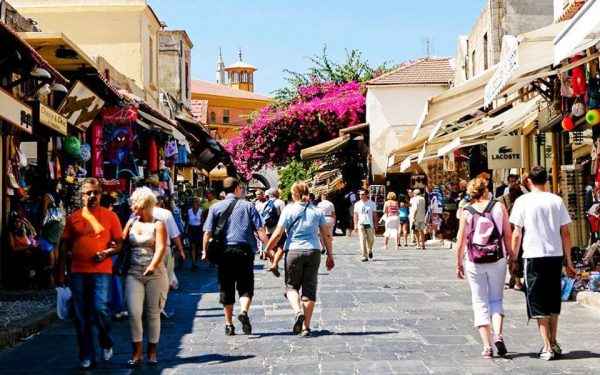
WTTC: Travel & Tourism to Create 4.5M New Jobs in EU by 2035
This year, international visitor spending is set to reach 573 billion euros, up by more than 11% year-on-year

IMF: US Tariffs Shake Global Economy, Outlook Downbeat
IMF slashes global growth forecast to 2.8% as U.S. tariffs create uncertainty and ‘negative supply shock
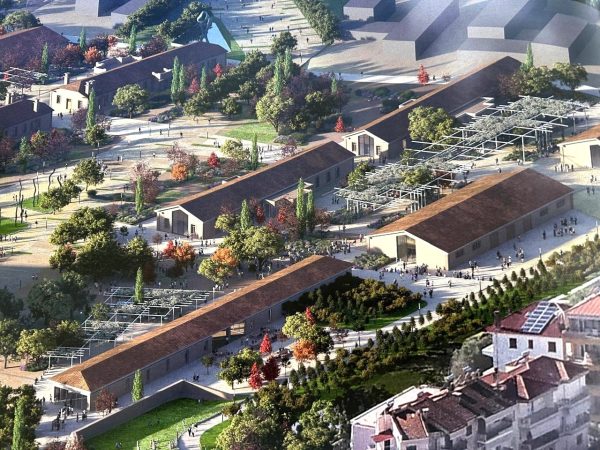
First Step Towards New Audiovisual Industry Hub in Drama
The project is set to contribute to the further development of Greece’s film industry and establish Drama as an audiovisual hub in the region

Airbnb Greece – Initial CoS Ruling Deems Tax Circular Unlawful
The case reached the Council of State following annulment applications filed by the Panhellenic Federation of Property Owners (POMIDA)

Mitsotakis Unveils €1 Billion Plan for Housing, Pensioners, Public investments
Greek Prime Minister Kyriakos Mitsotakis has announced a new set of economic support measures, worth 1 billion euros, aiming to provide financial relief to citizens.
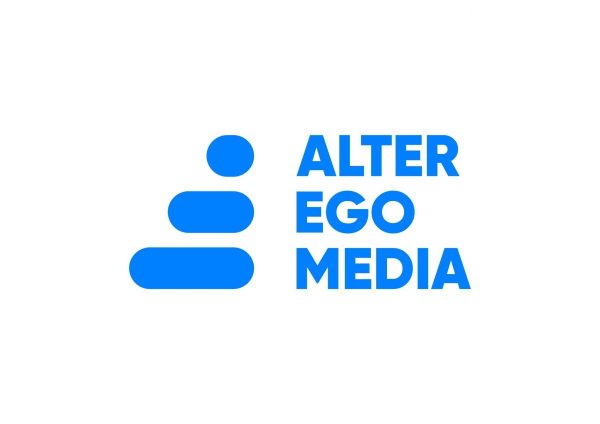
Alter Ego Ventures Invests in Pioneering Gaming Company ‘Couch Heroes’
Alter Ego Ventures' participation in the share capital of Couch Heroes marks yet another investment by the Alter Ego Media Group in innovative companies with a focus on technology.

Corruption Still Plagues Greece’s Driving Tests
While traffic accidents continue to claim lives on Greek roads daily, irregularities and under-the-table dealings in the training and testing of new drivers remain disturbingly widespread

Pope Francis Died of Stroke and Heart Failure Vatican Confirms
As news of the official cause of death spread, tributes poured in from across the globe. The 1.4 billion-member Catholic Church is united in grief, remembering a pope who championed inclusion, justice, and compassion

Increase in Both Museum Visits, Revenues for 2024
As expected, the Acropolis was the top archeological site in the country, followed by Sounion, Mycenae, the ancient theater of Epidaurus, and Vergina in northern Greece
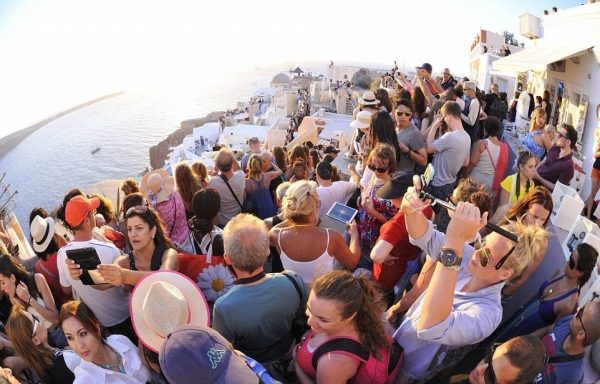
Where Greece’s Tourists Come From: A Look at 2025’s Top Visitor Markets
The United Kingdom continues to hold the top spot as the largest source of incoming tourism, with 5.6 million seats booked for Greece this summer — up 2.2% from last year. This accounts for 20% of all international air traffic to Greece
















![Ξενοδοχεία: Μεγάλο το ενδιαφέρον για επενδύσεις στην Ελλάδα – Η θέση της Αθήνας [γραφήματα]](https://www.ot.gr/wp-content/uploads/2025/03/Athens-hotels-90x90.jpg)












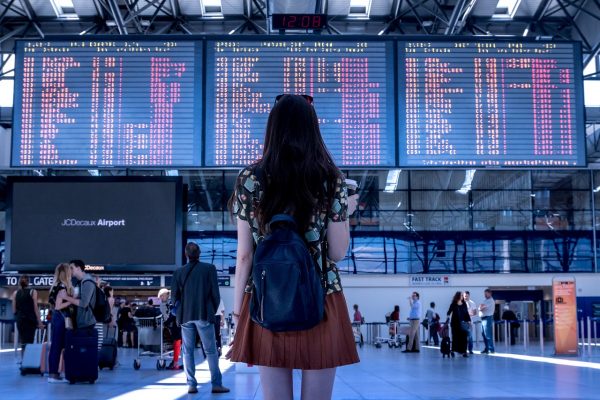

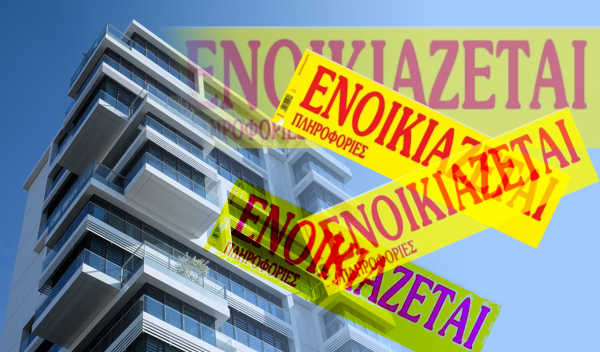




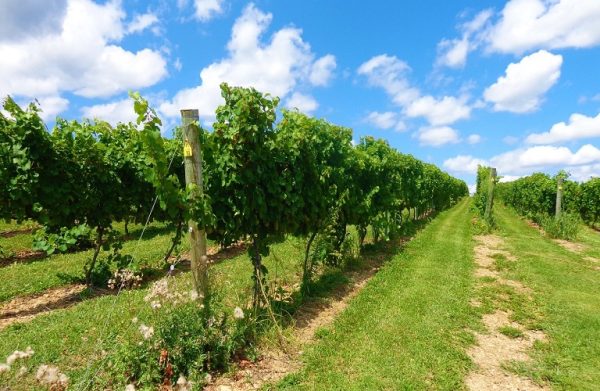
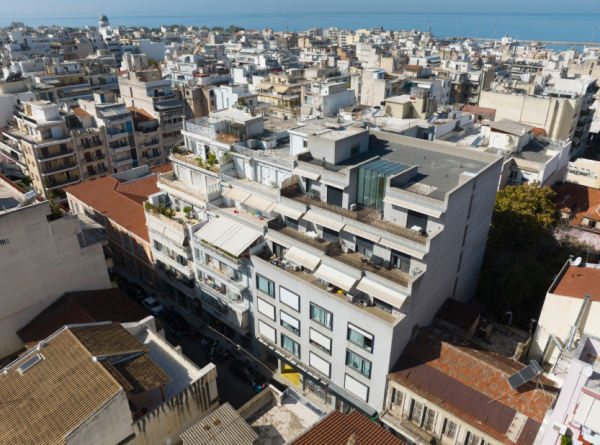



 Αριθμός Πιστοποίησης
Αριθμός Πιστοποίησης